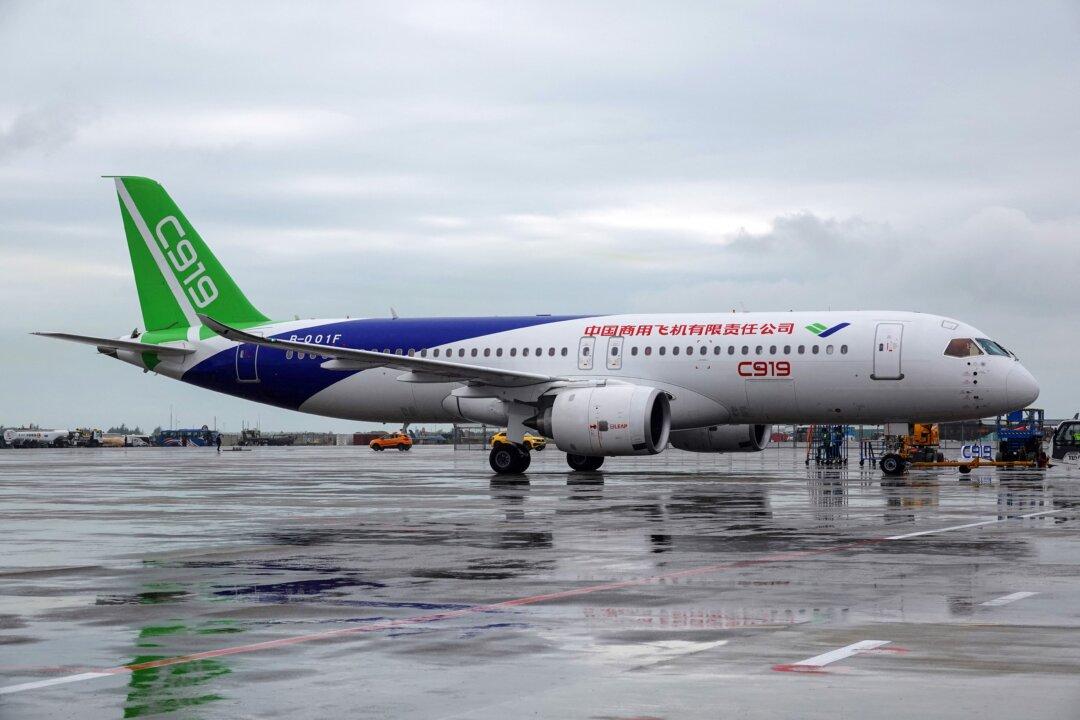The Chinese regime has stepped into the aircraft race against the United States and European Union after it launched C919, the first Chinese-made passenger jet, in December 2022.
While it is too early to tell how things will turn out for the C919, aviation experts have predicted that Australia’s flag carrier Qantas will not get its hands on the Chinese passenger jet any time soon due to safety concerns.





